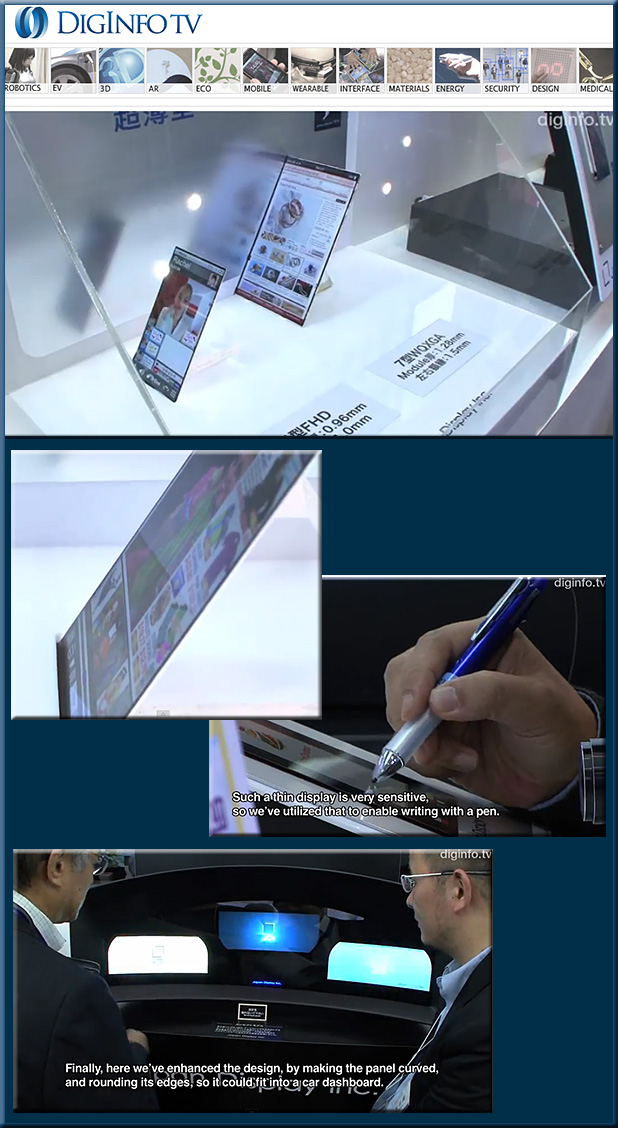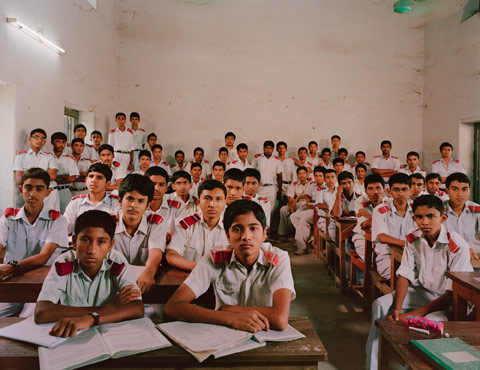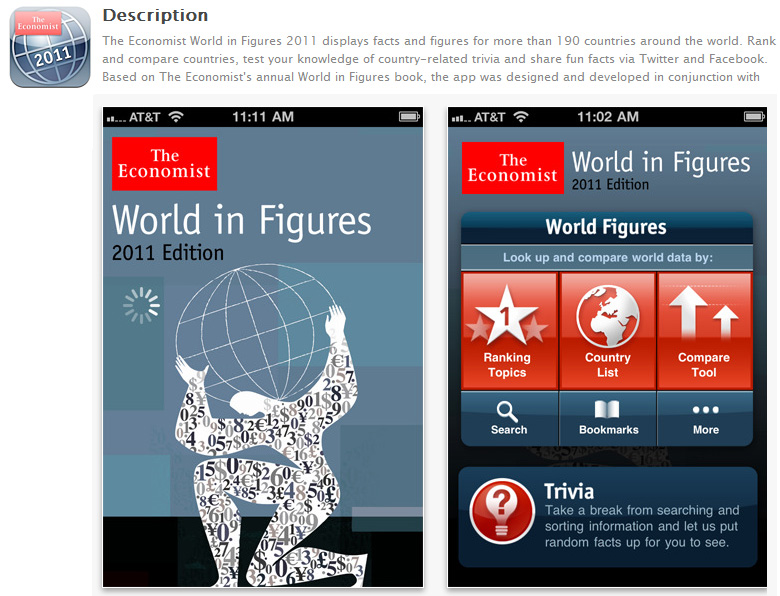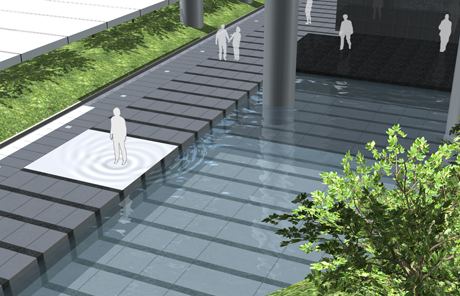Coworking spaces team with universities to bridge the gap between classroom and practice — from gigaom.com by Jessica Stillman
Excerpt:
With tuition costs mounting, the national student loan burden growing and employers complaining about a lack of certain job skills, no one is really in love with the current university education system. But with frustration comes creativity, as initiatives of all sorts attempt to dream up a better way. Should we go back to an apprentice system? Is online learning the answer? How about re-imagining universities as coffee shops?
Excerpt from http://blog.eriin.com/tags/collaborative-workspace/
Essentially, Kennel is a collaborative workspace for creative entrepreneurs in Singapore. Set facing the fringe of a forest, with ceiling-to-floor glass windows spanning across the entire space, we like to think that Kennel lets you switch easily between the bustle of Dempsey Hill and the calm serenity of nature. We also love that the walls are covered in Ideapaint, with markers readily available around the entire space for you to write anything on the walls. It is clear that the space was designed for creativity and collaboration to thrive!
.
An alternative to incubators: the co-working space — from venturebeat.com by Genevieve DeGuzman
In cloud computing moves, money isn’t everything — from gigaom.com by Barb Darrow
Excerpt:
While saving money is a commonly reason cited for moving IT to the cloud, it is really not the overriding driver at all for most companies, according to new research.
What’s more important than cost savings for companies — at least in the U.S. and Asia-Pacific regions — is the ability to standardize their software and business processes across the company, according to a new survey of 600 large companies by Tata Consultancy Services, the $8 billion IT service provider. In Europe and Latin America, the primary rationale was the ability to ramp systems up and down faster.
According to the survey:
The factors driving companies to launch entirely new applications in the cloud are quite different – to institute new business processes and launch new technology-dependent products and services.
Excerpt:
All around the world, the pace of change in higher education is accelerating. In the face of continued increases in participation, demographic change and – in the west at least – profound fiscal crises, higher education institutions are increasingly being required to raise funds from students as opposed to relying on transfers from governments. Indeed, the pace of policy change is coming so quickly that it is difficult to keep track of all the relevant developments in different parts of the world.
In this, the second edition of Year in Review: Tuition Fees and Student Assistance, we outline the major changes related to higher education affordability around the world in 2011. In order to keep our sample manageable, we have kept our inquiries to a selection of 40 countries that collectively best represent the global situation:
The G-40 consists of: Argentina, Australia, Brazil, Canada, Chile, China, Colombia, Egypt, Finland, France, Germany, Hong Kong, India, Indonesia, Iran, Israel, Italy, Japan, Korea (Republic of), Malaysia, Mexico, the Netherlands, Nigeria, Pakistan, Philippines, Poland, Russian Federation, Saudi Arabia, Singapore, South Africa, Spain, Sweden, Switzerland, Taiwan, Thailand, Turkey, Ukraine, United Kingdom, United States, Vietnam.
Marcucci, Pamela and Usher, Alex (2012). 2011 Year in Review:
Global Changes in Tuition Fee Policies and Student Financial Assistance.
Toronto: Higher Education Strategy Associates.
From DSC:
My dad forwarded this link to me recently…and though I don’t know the words that this beautiful lady is singing, her joy is contagious and she seems beautiful both on the inside and the outside. Enjoy and give thanks!
Pingtan Experimental Development Zone — from nextbigfuture.com
.Excerpt:
China is expecting to spend US$4.6 billion in infrastructure in 2011 alone for the Pingtan Comprehensive Experimental Zone, US$15.4 million a day on average, and in the next three years more than US$15 billion, reaching US$38.5 billion by 2015. China is building a gigantic special economic zone on a cluster of islands on the other side of the Taiwan Strait some 150 km from the port city of Taichung, for the sole purpose of enhancing cross-straits industrial cooperation.
International architectural firm 10 Design has recently won the opportunity to master plan a 93-hectare (230-acre) waterfront central business district as part of a new development for Pingtan in China. Pingtan, being the closest Chinese island to Taiwan, is to be transformed into a new commercial hub in an effort to attract trade between the two sides of the Straits.
Blackboard makes major investment to support online learning in China
Acquisition of CerBibo Enhances Company’s Ability to Invest in One of the World’s Fastest-Growing Markets
Excerpt:
WASHINGTON—November 9, 2011—Blackboard has made a major investment to support online learning in China, by acquiring full ownership of CerBibo, a company that has brought its online learning solution to hundreds of institutions in China, the company announced today. The move enhances the company’s ability to make deeper investments to support greater use of online learning in one of the world’s fastest-growing markets.
Blackboard has seen strong momentum in China with CerBibo, a joint venture launched in 2003 in partnership with CERNET, a public-private organization that provides technology and information services to Chinese education institutions. The venture has brought Blackboard’s online teaching and learning solution to over 270 Chinese higher education and K-12 institutions including Peking University, Renmin University, Sun Yat-Sen University and the China-Europe International Business School (CEIBS).
.
Also see:
…was a one day seminar (held back in January 2011) with associated art exhibition that explores the intersections of light, space and interaction.
The next LUX event is confirmed as taking place on 8-10 July 2011 in Wellington, New Zealand. The format will be similar to Oslo Lux – a mix of local and international artists, researchers, designers and architects will map out the overlaps of light, space and interaction. The event will take place over 2 1/2 days, and is timed to coincide with Te Aomarama, a Maori festival of light. See http://www.lux.org.nz/ for more information.
Also see:
Two swans below fireworks projected onto fountain at Odaiba Water Show (Tokyo).
































